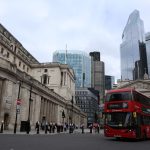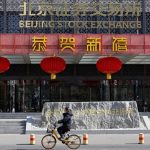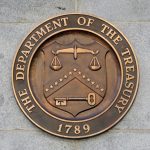
Investing.com — Goldman Sachs economists outlined ten critical questions shaping the outlook for the U.S. economy in 2025 in a note Monday:
Will GDP Growth Be Above Consensus? Goldman forecasts a 2.4% GDP growth for 2025, surpassing the 2.0% consensus. They attribute this to robust private domestic demand and business investment supported by artificial intelligence and federal incentives like the Inflation Reduction Act.
Will Consumer Spending Remain Resilient? Yes, according to the investment bank. They expect consumer spending to rise 2.3% in 2025, driven by solid real income gains, a strong labor market, and wealth effects from rising equity markets.
Will the Labor Market Continue to Soften? Goldman doesn’t believe so. The unemployment rate is expected to dip slightly to 4% by the end of 2025. Goldman sees strong demand growth and slowing immigrant labor supply contributing to this stability.
Will core PCE inflation net of tariff effects fall below 2.4% year-on-year? Goldman anticipates core PCE inflation to fall to 2.1% by year-end 2025, barring tariff impacts, as wage pressures ease and catch-up inflation subsides.
Fed Rate Cuts? Goldman predicts three rate cuts at a quarterly or every-other-meeting pace in March, June, and September 2025. This dovish stance reflects the bank’s confidence in inflation’s decline and tempered impacts from potential tariff policies.
Will the Neutral Rate Estimate Increase? Goldman Sachs economists anticipate the Fed will raise its median neutral rate estimate to 3.25% or higher, reflecting broader demand influences.
Will President-elect Trump try to fire or demote Fed Chair Powell? The bank doesn’t think so. They stated that the impression they have “is that the White House concluded during Trump’s first term that it cannot remove the Chair because the law only permits this for cause, and courts are unlikely to agree that failing to deliver rate cuts meets this standard.”
Immigration Policy Changes? Net immigration is forecast to decrease to 750,000 annually, aligning with tighter policies under the Trump administration.
Tariffs and Trade Tensions? Goldman expects higher tariffs on Chinese imports but avoids a universal tariff scenario, citing economic and political risks.
Federal Budget Concerns? Deficit reduction is unlikely, according to the bank, with tax cuts and defense spending offsetting fiscal constraints. “We also expect federal spending growth to rise somewhat, particularly on defense. A modest gain in tariff revenue, as noted earlier, would partly offset these changes,” says Goldman.






